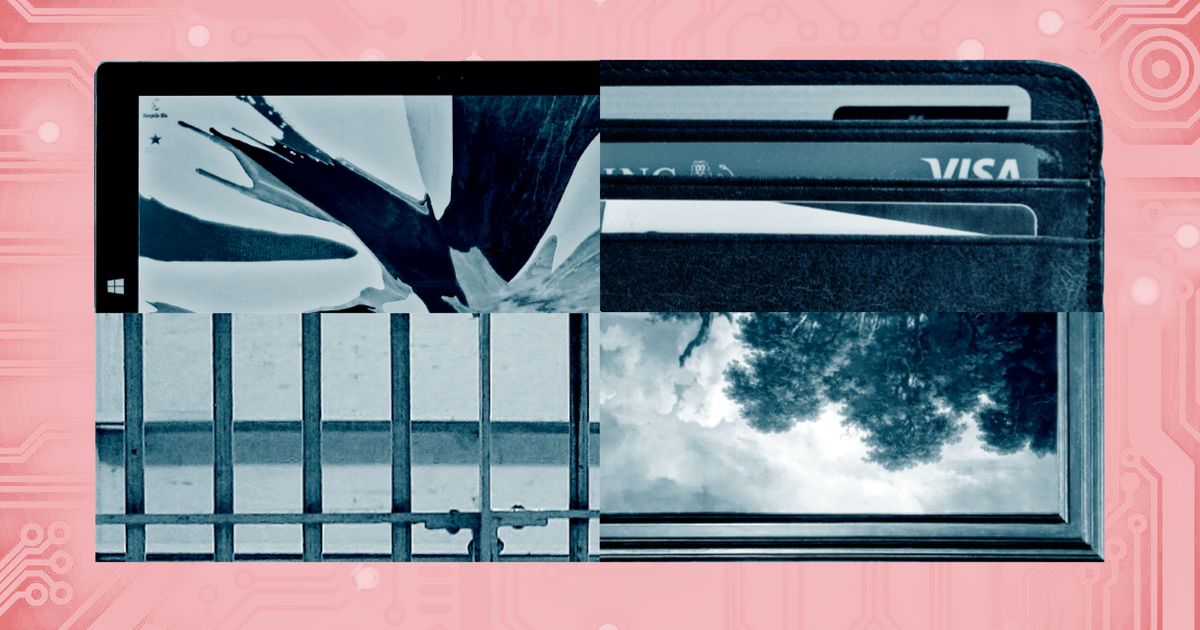
This article featured in our Art Market Eye newsletter. For monthly commentary, insights and analysis from our art market experts straight to your inbox, sign up here.
The sudden and explosive arrival of digital art onto the art market has thrown a hand grenade into notions about price, quality and validation in the traditional market. This market—crypto art—was valued at an eye-watering $574.5m by one site in March this year. And of course, the $69.3m given for Beeple’s Everydays has laser-focused attention on this market, as the paradigm of new art, new buyers and a new way of transacting—even a new idea of art itself.
This “new” digital art market offers a host of benefits according to its fans: democratisation, since anyone can access it via a screen; secure ownership recorded on the blockchain; more transparency; speedier payment to the artists as well as royalties paid on resale. Digital art allows direct contact with buyers, so bypassing the traditional gatekeepers. Conservationists also point out that digital art isn’t crated, shipped and so on, so saving the planet—although that is rather cancelled out by the current cost of mining currencies and minting NFTs.
So is all this creating a new and different market, or will the digital market end up looking more and more like the traditional art world?
I would argue that a parallel but similar world will emerge, mimicking the traditional art world. The desire to display and promote digital art beyond the private pleasures of a screen is already happening: exhibitions are springing up in New York, Cologne and even Beijing. But that is not all. While the traditional gatekeepers may be bypassed, choices still need to be made about the tsunami of art on offer: a busy collector will rarely have the time to trawl through all the offerings. Curatorial services are being set up with curators offering their services. Soon enough there will be a need for the infrastructure necessary for running a collection, even in a wallet: someone to make payments, others to keep track of works and loan requests, lawyers to write contracts. Sound familiar?
Unfortunately, this new digital world is also seeing the arrival of the darker side of the traditional art world. Online copyright infringement cases in the digital world are already rife, along with theft and fraud, mirroring real world issues such as the cases against Richard Prince and Jeff Koons (who just lost an appeal in Paris). And stealing digital art—and minting and selling an NFTs for it—is unhappily far easier than setting up a brazen art heist in the real world.
Then there are issues around market control. We know that the Nahmad and Mugrabi families of traders have huge influence over the physical Picasso and Warhol markets, with their massive holdings and ability to support prices.
So what about Vignesh Sundaresan—aka MetaKovan—who bought the Beeple? He had already acquired the complete set of Beeple’s Everydays: the 2020 Collection, so cornering some of that market. And Sundaresan and his partner Anand Venkateswaran—aka Twobadour—are now selling tokens in their NFT fund, MetaPurse. Half of the tokens are owned by Sundaresan and his partner, 25% are “available for sale” to the general public and 2% belong to Beeple. And yes, you’ve guessed it, this is fractional ownership—just like in the physical world. Plus ça change….
Source link : https://www.theartnewspaper.com/comment/how-a-new-digital-art-market-could-mimic-the-traditional-one-including-in-bad-ways












